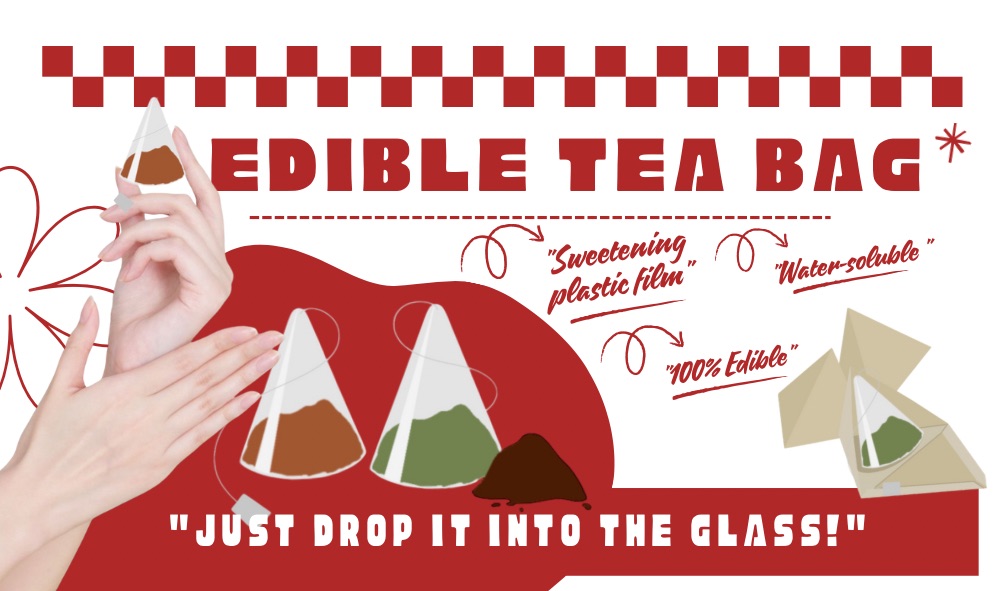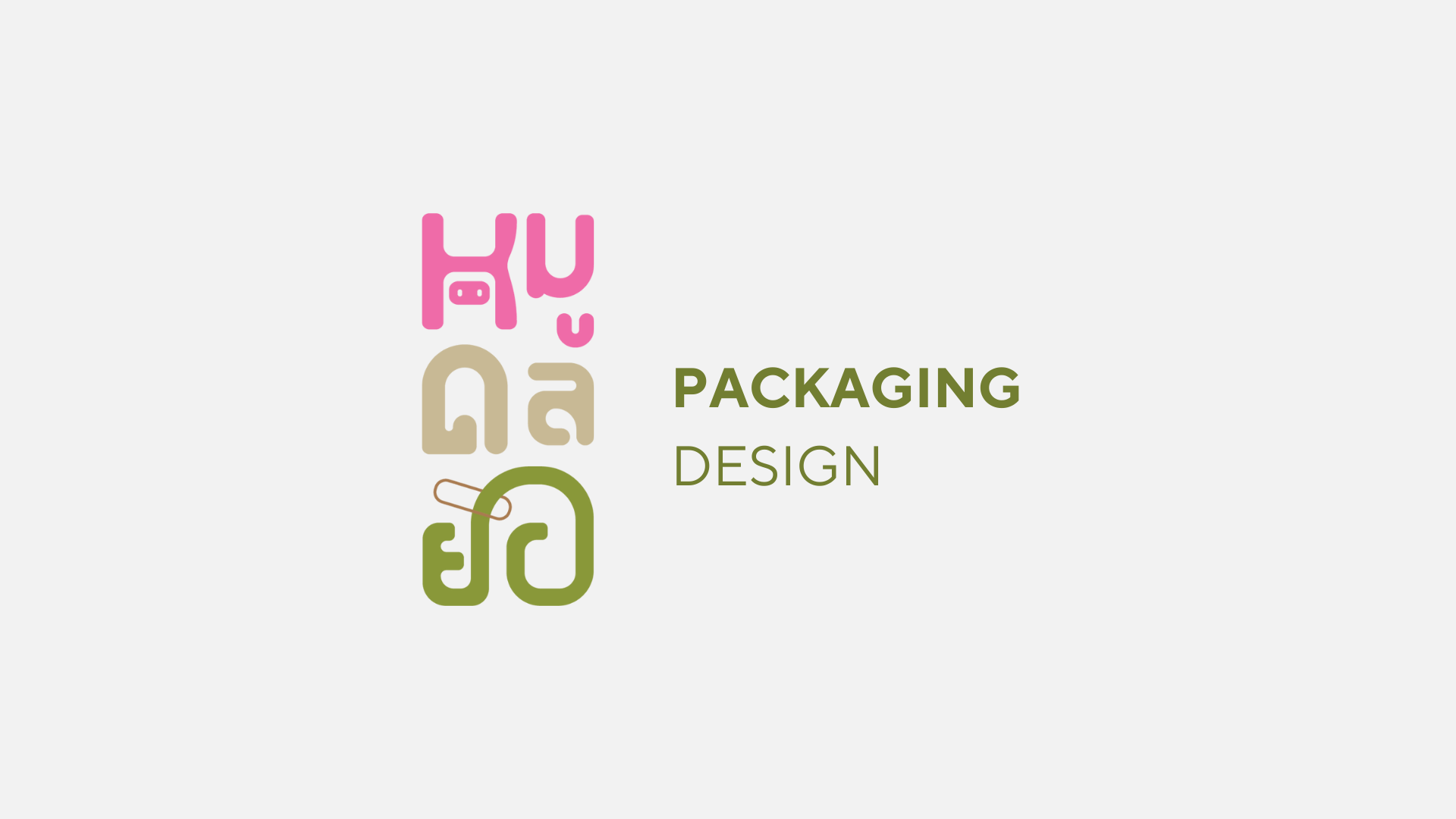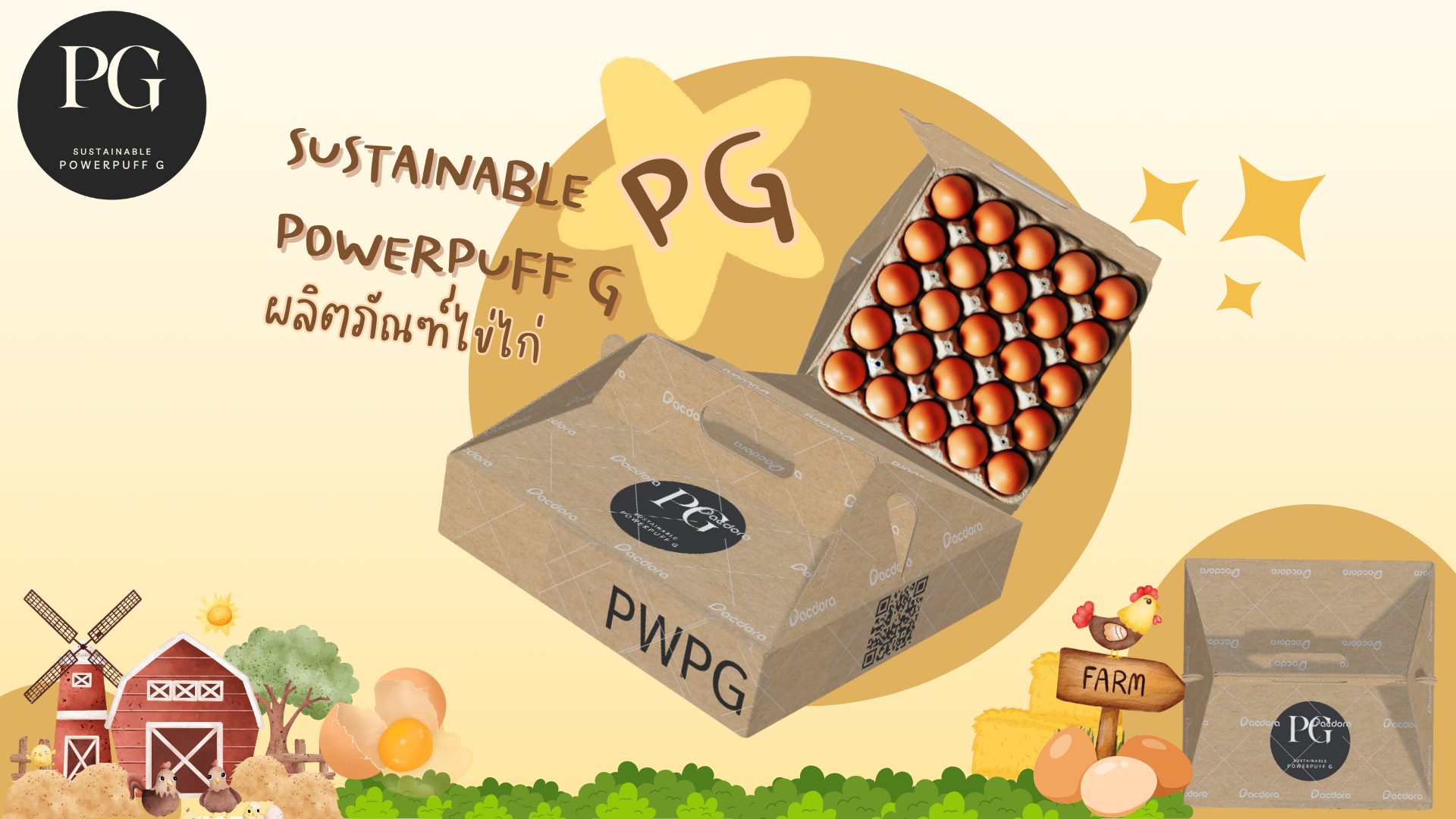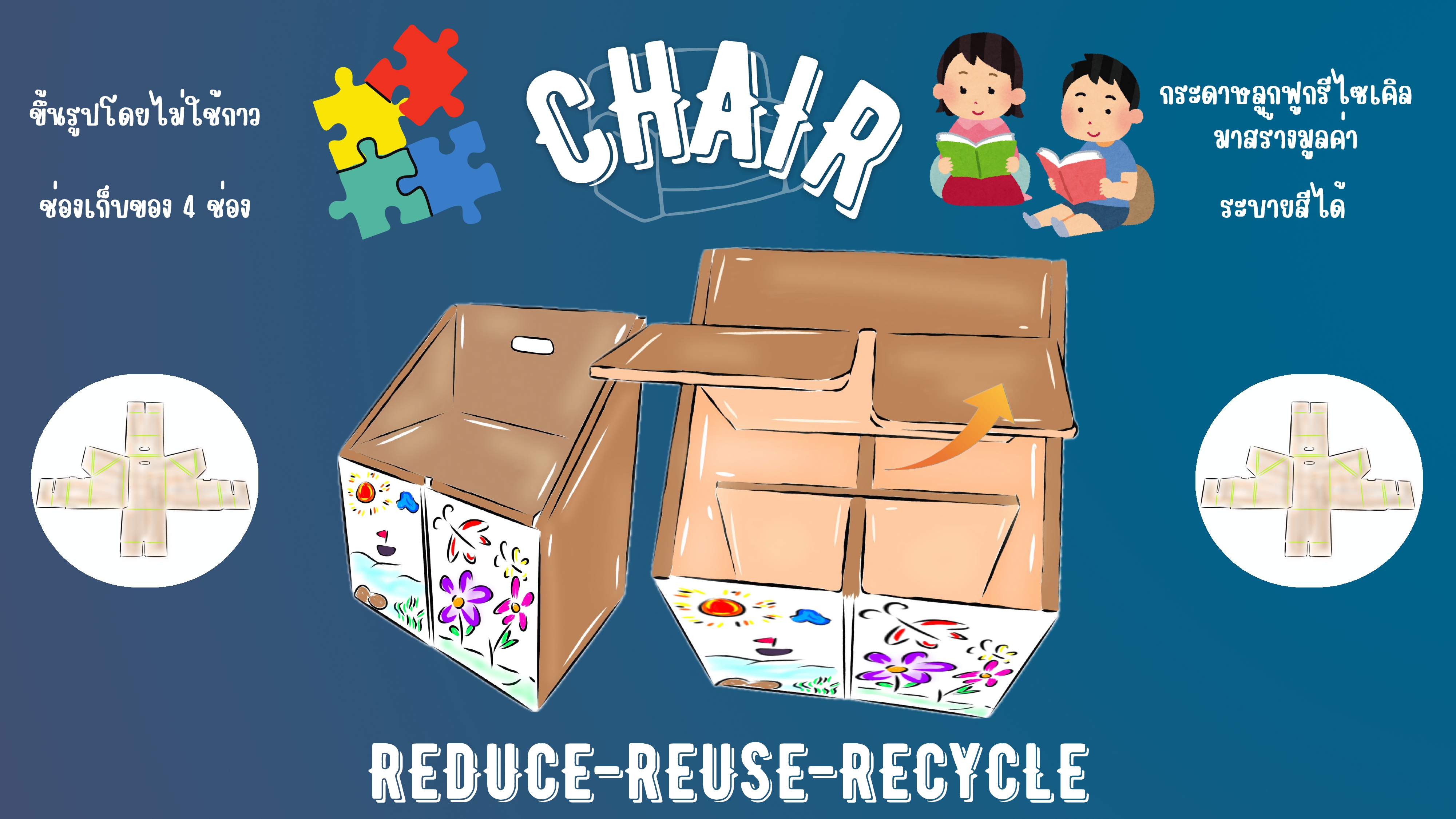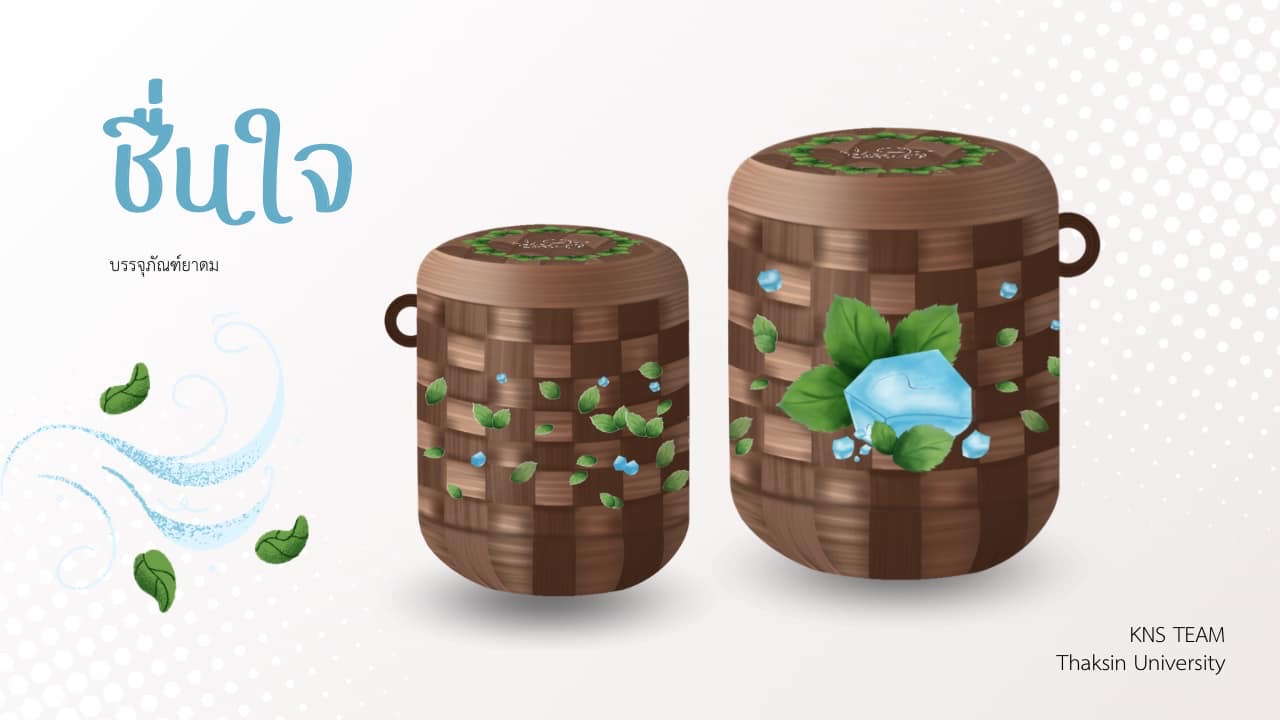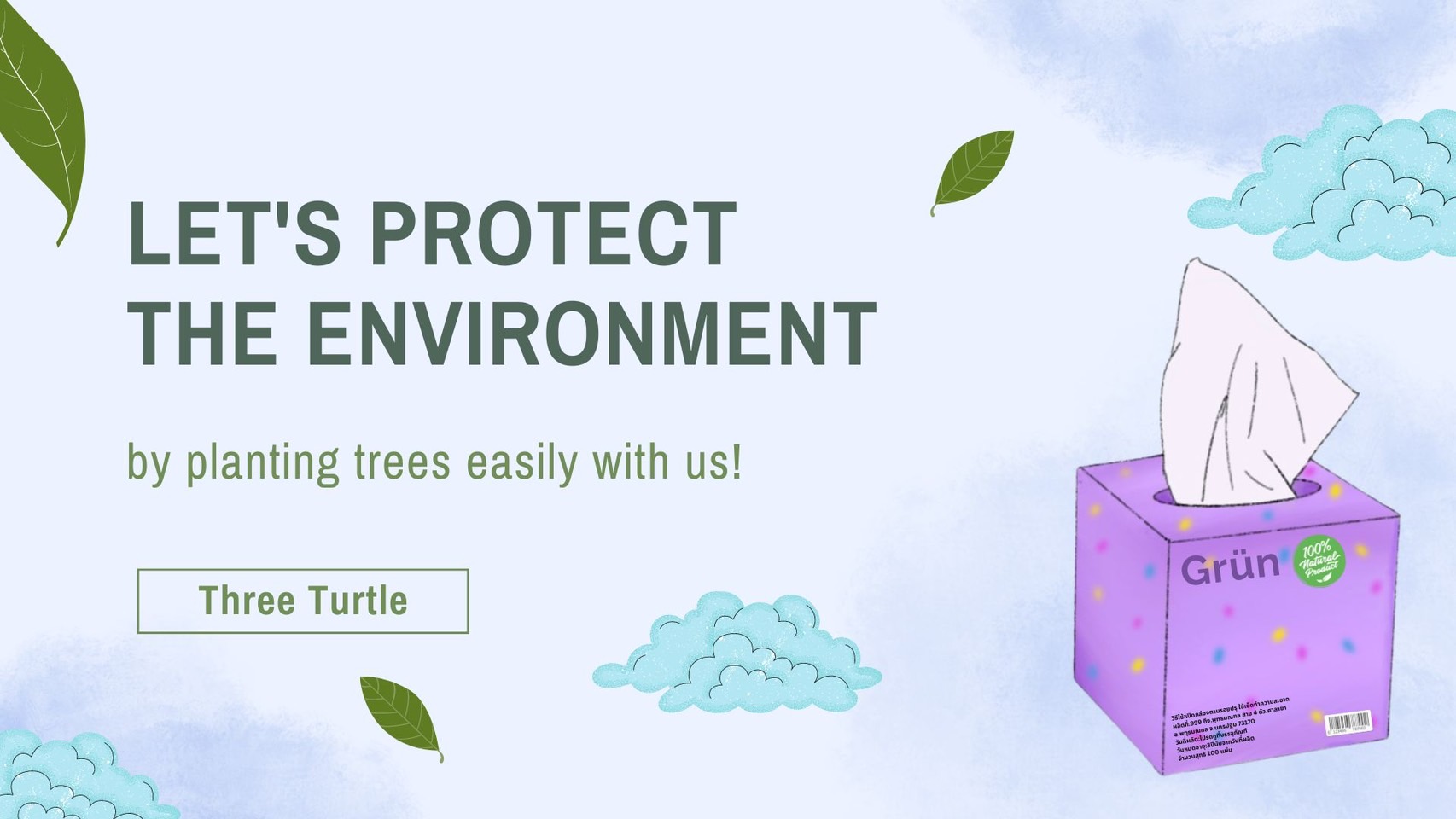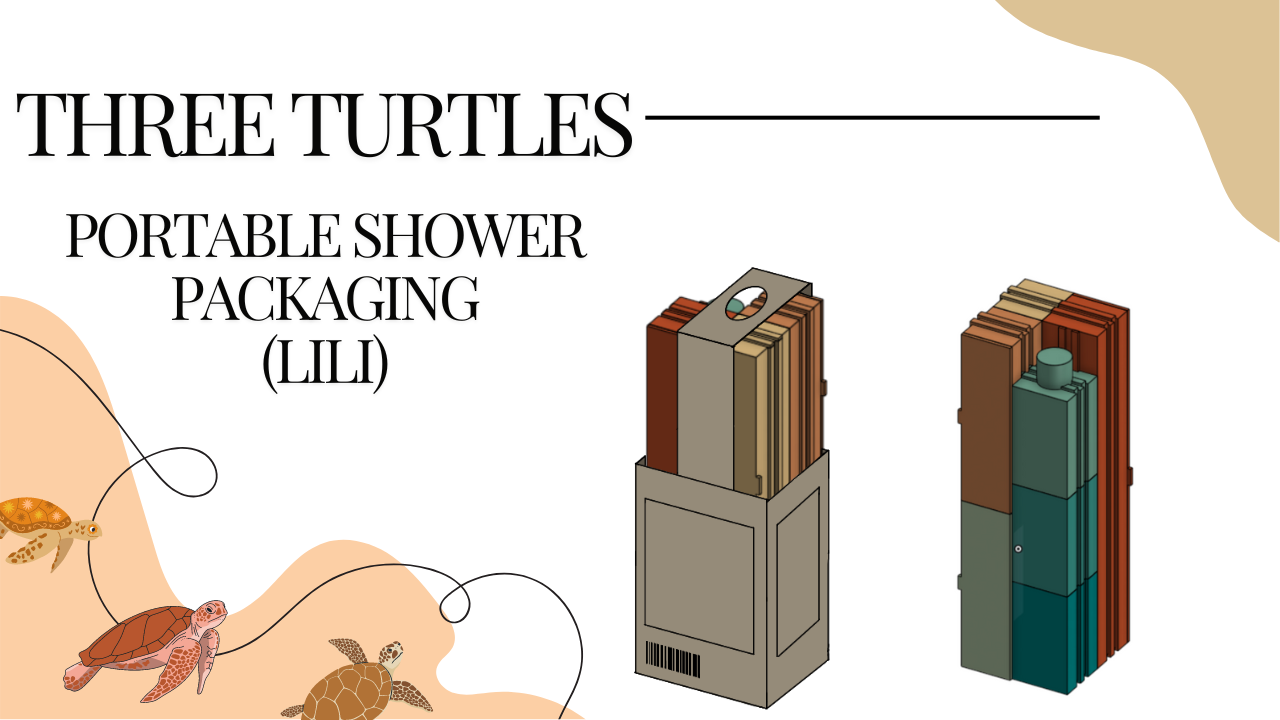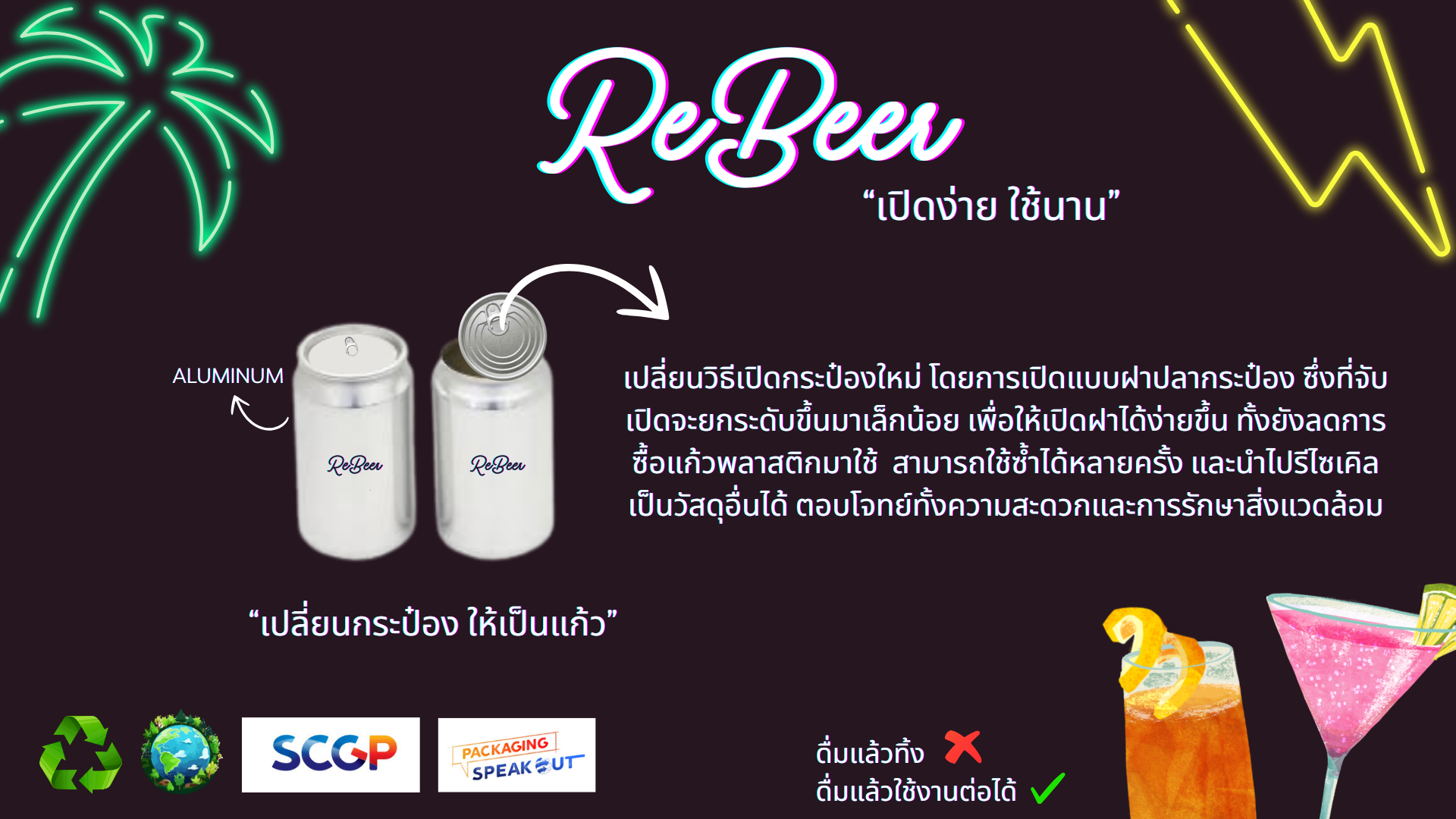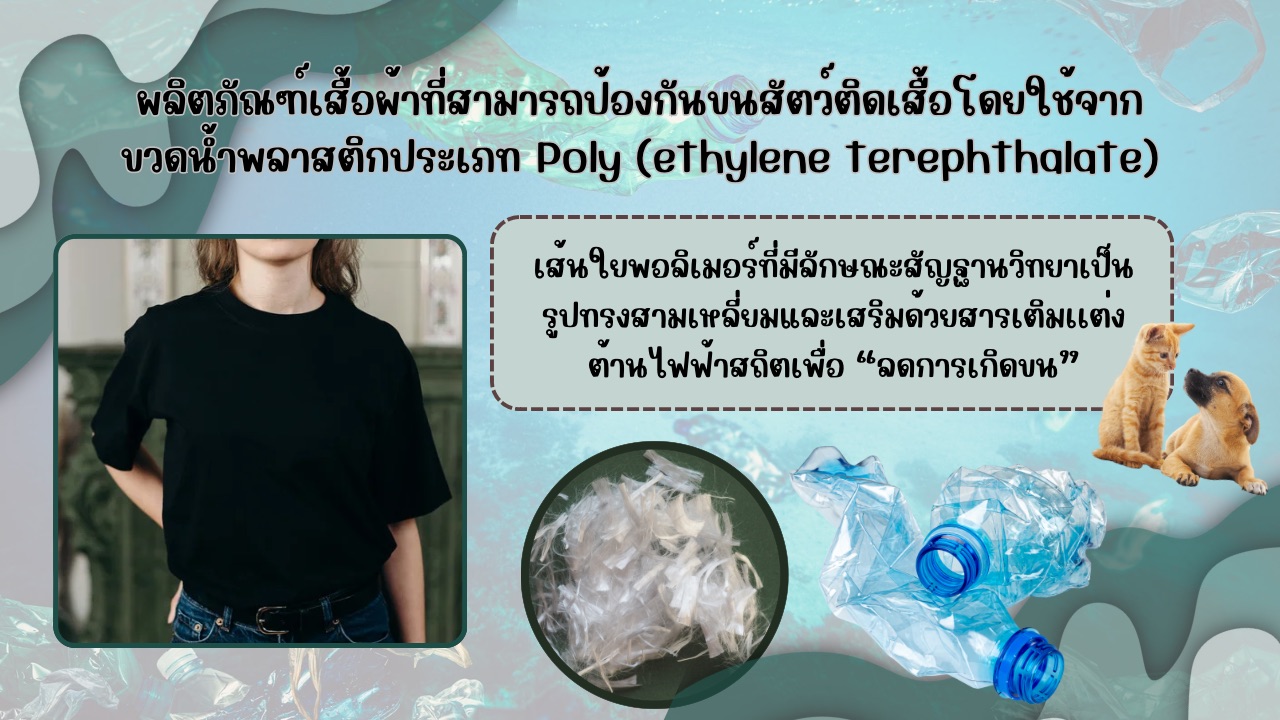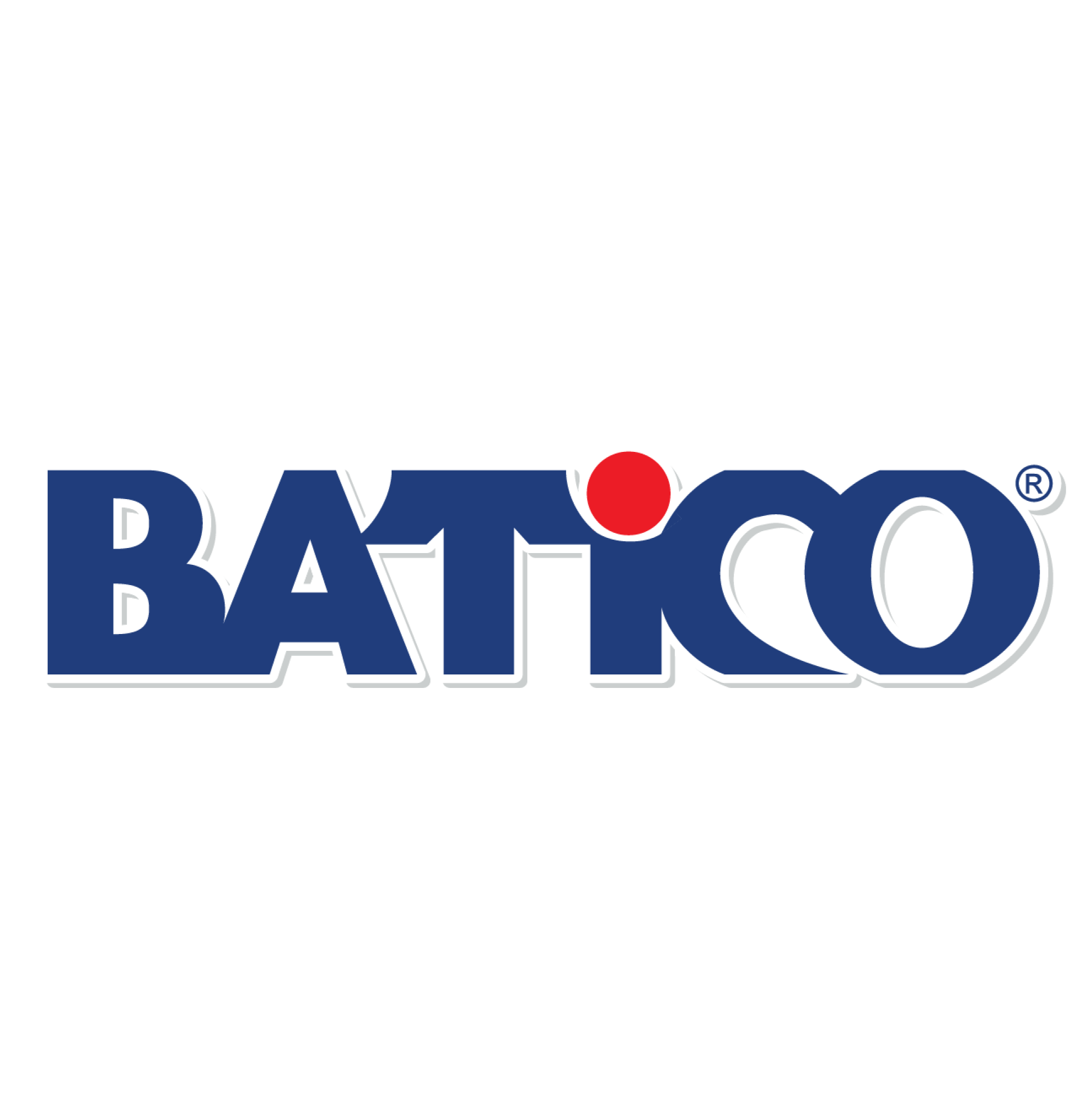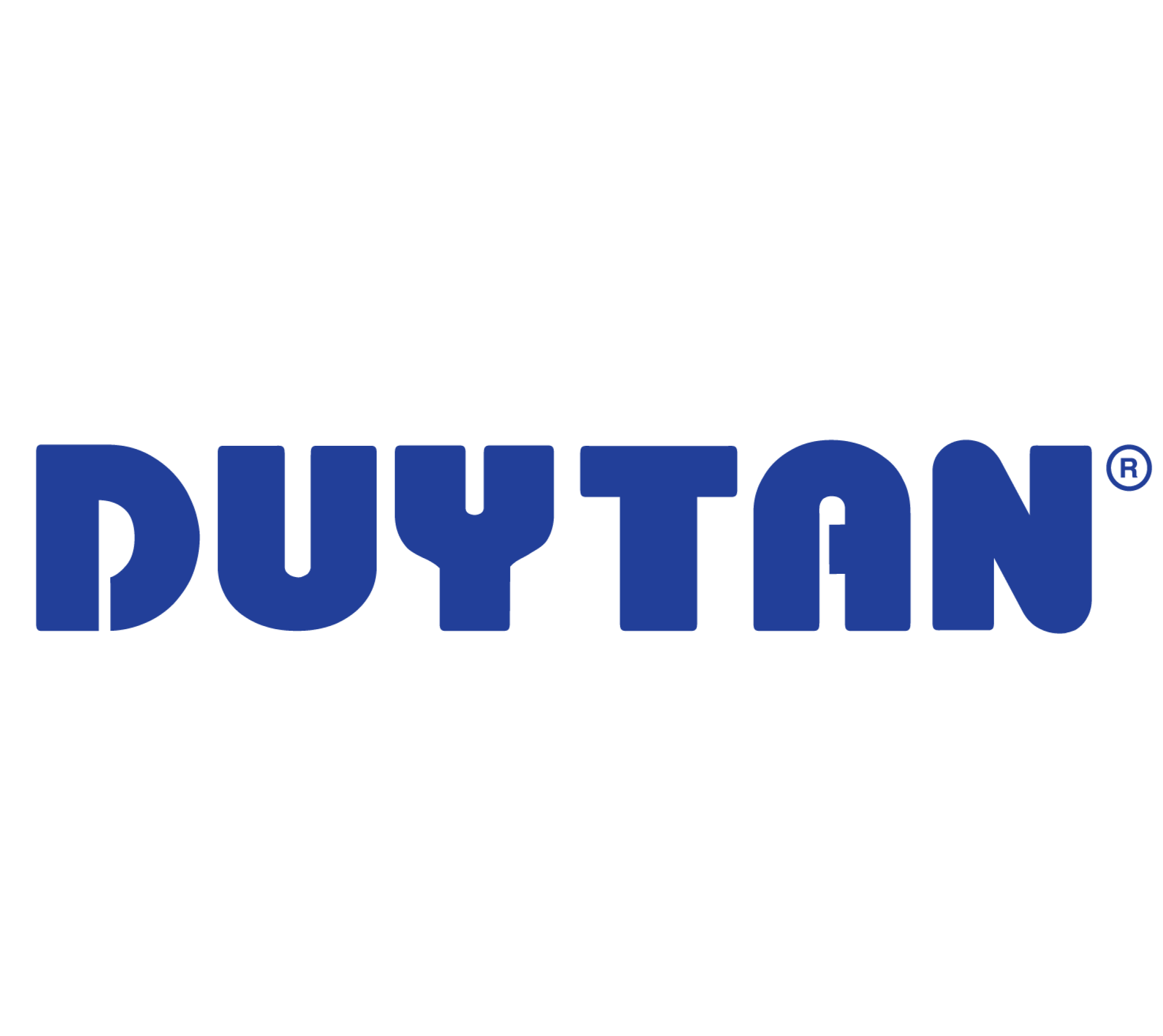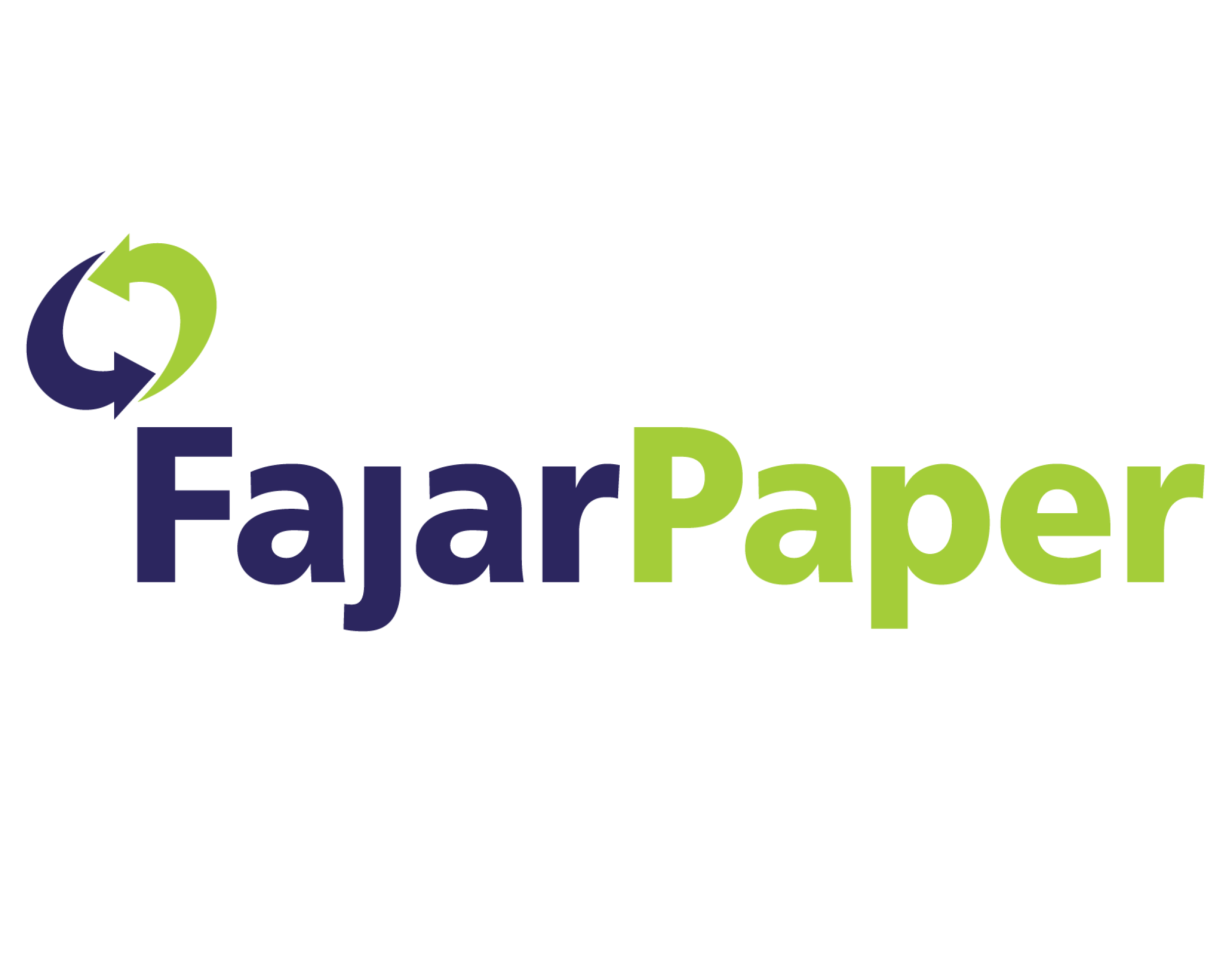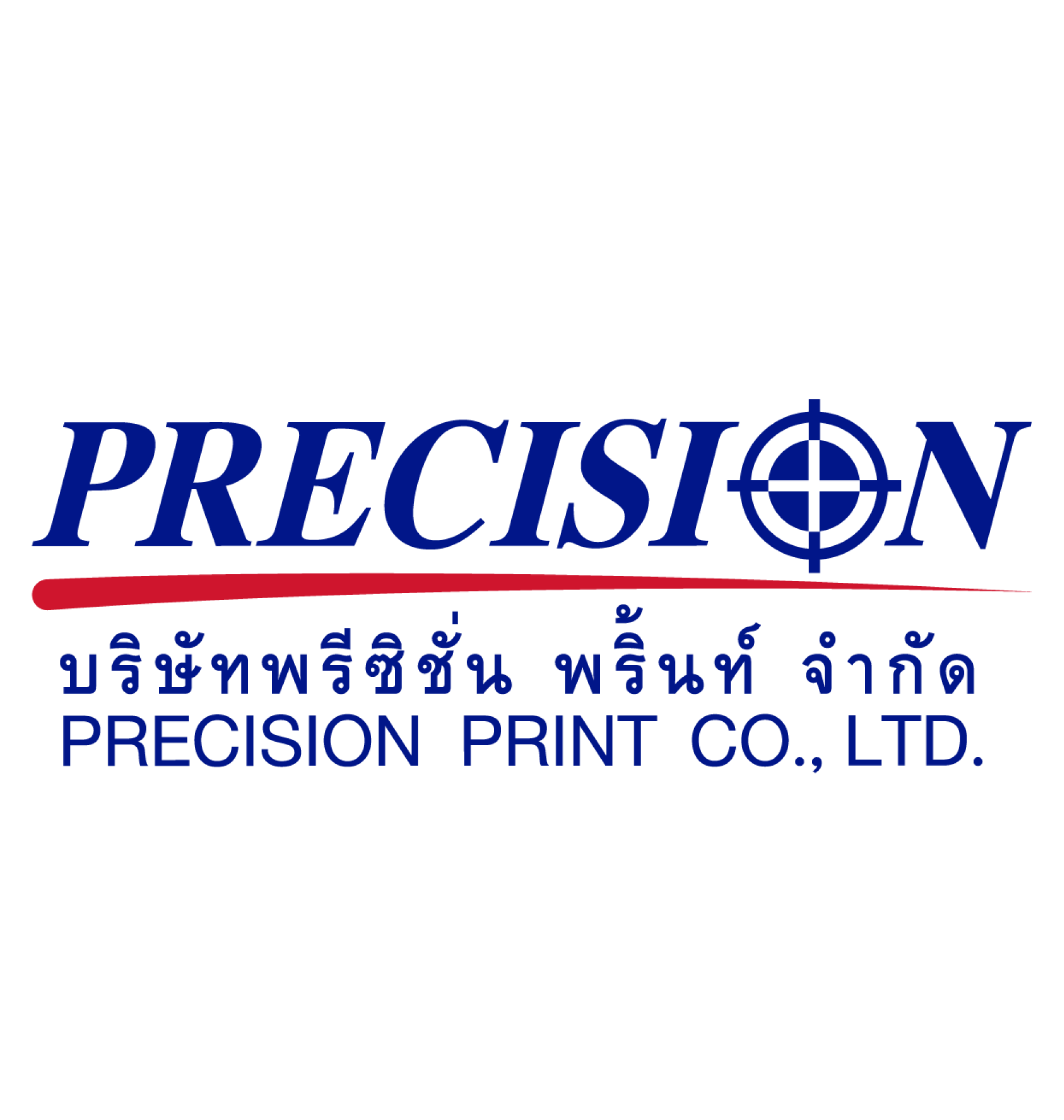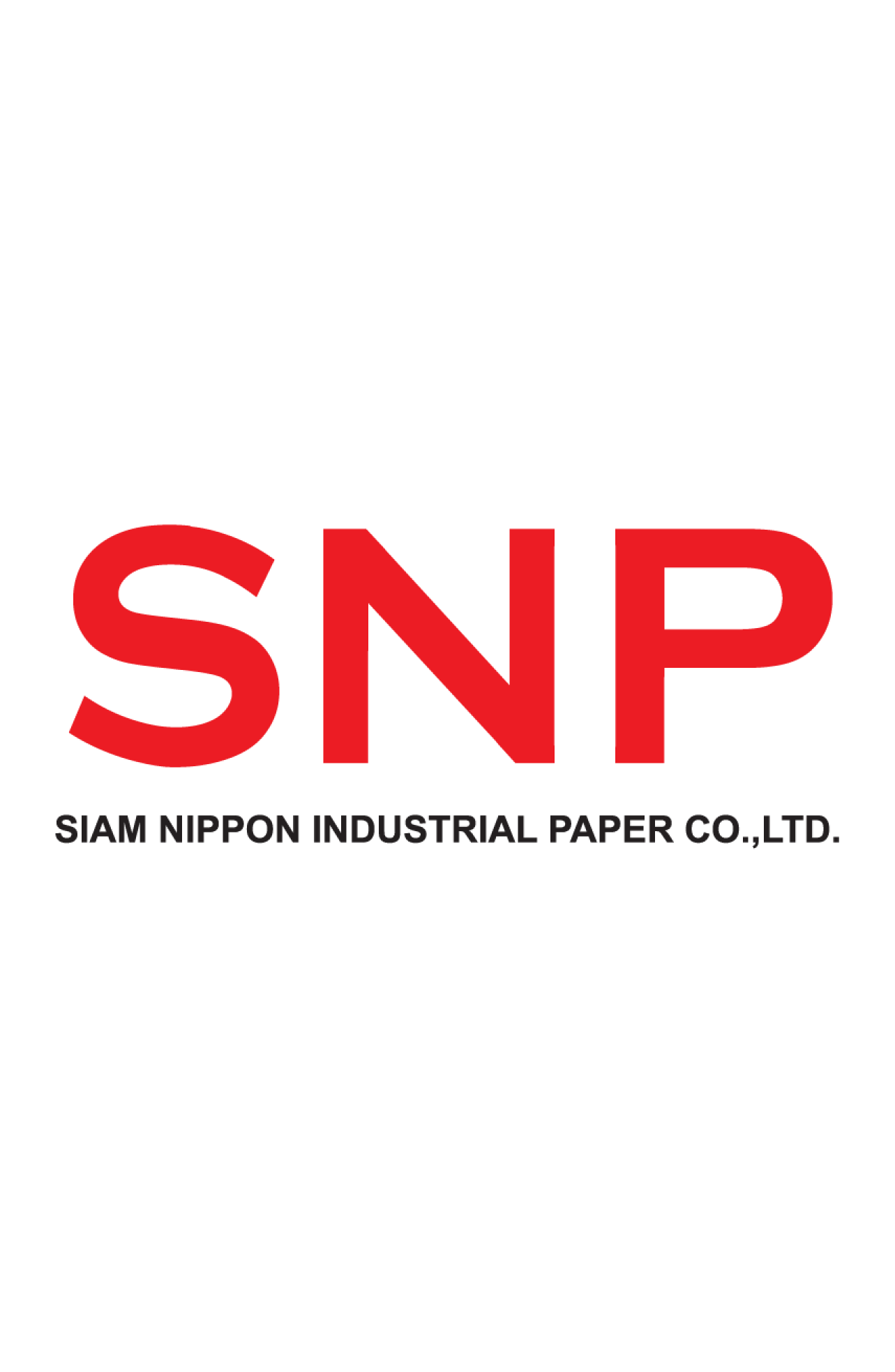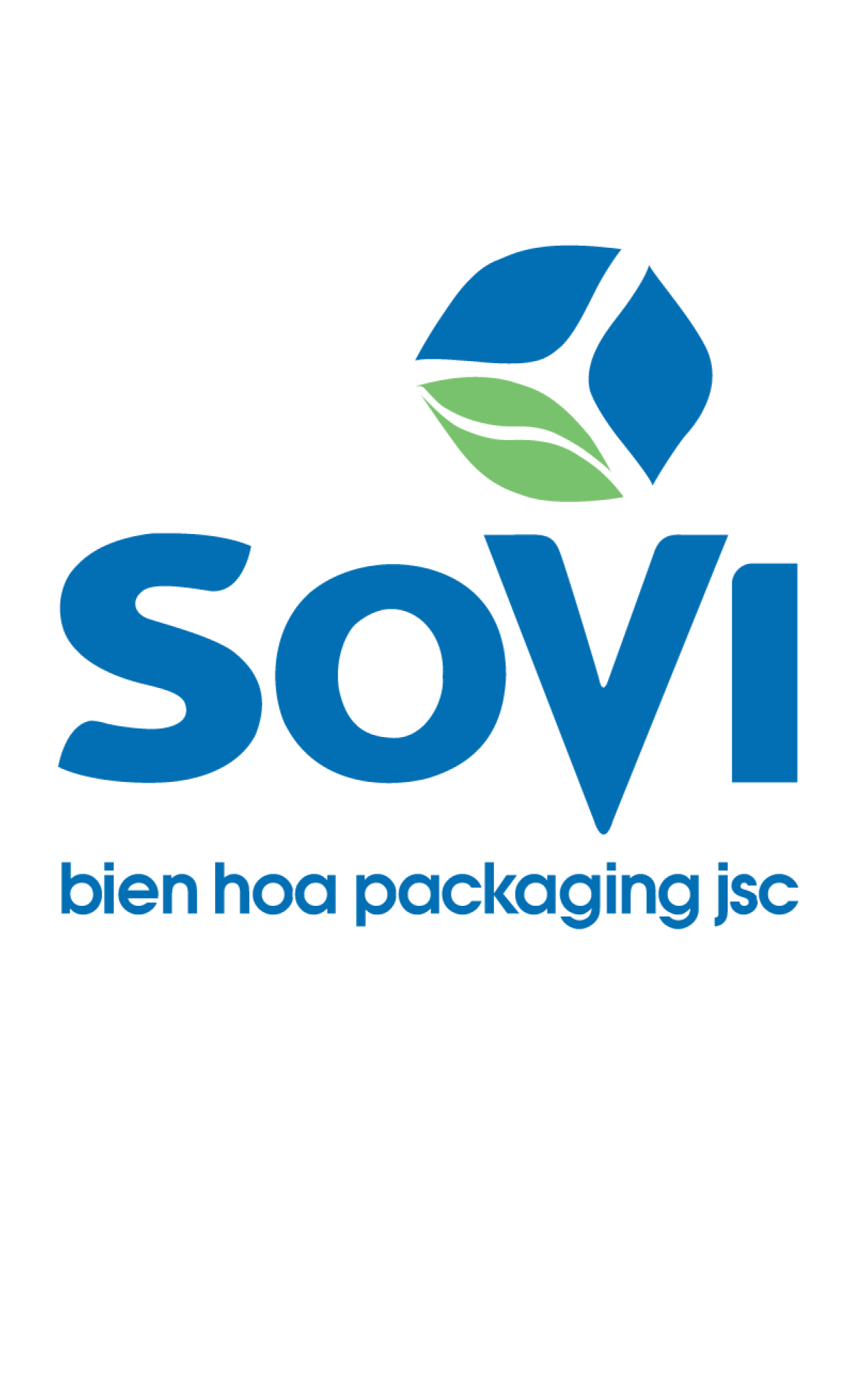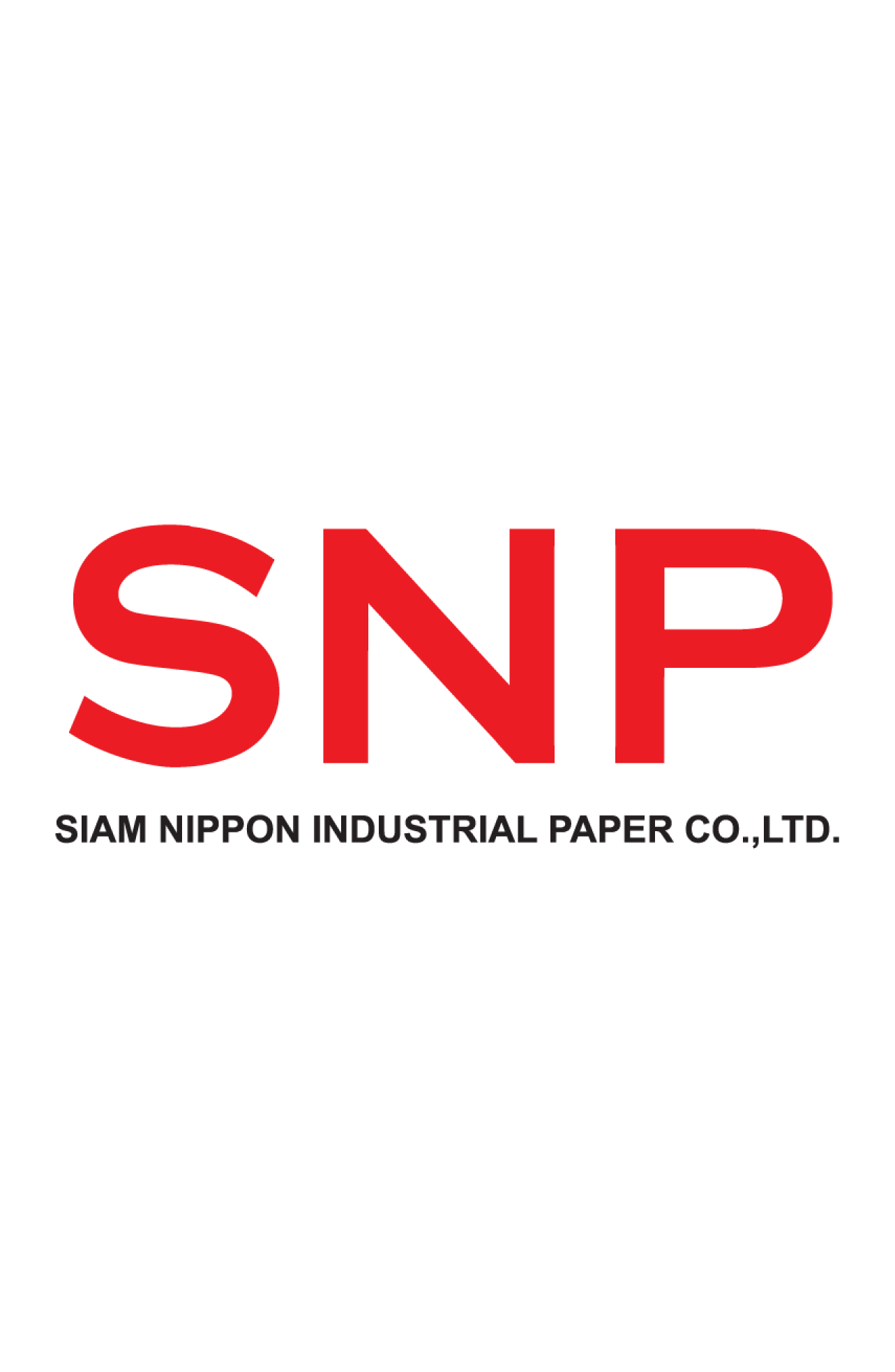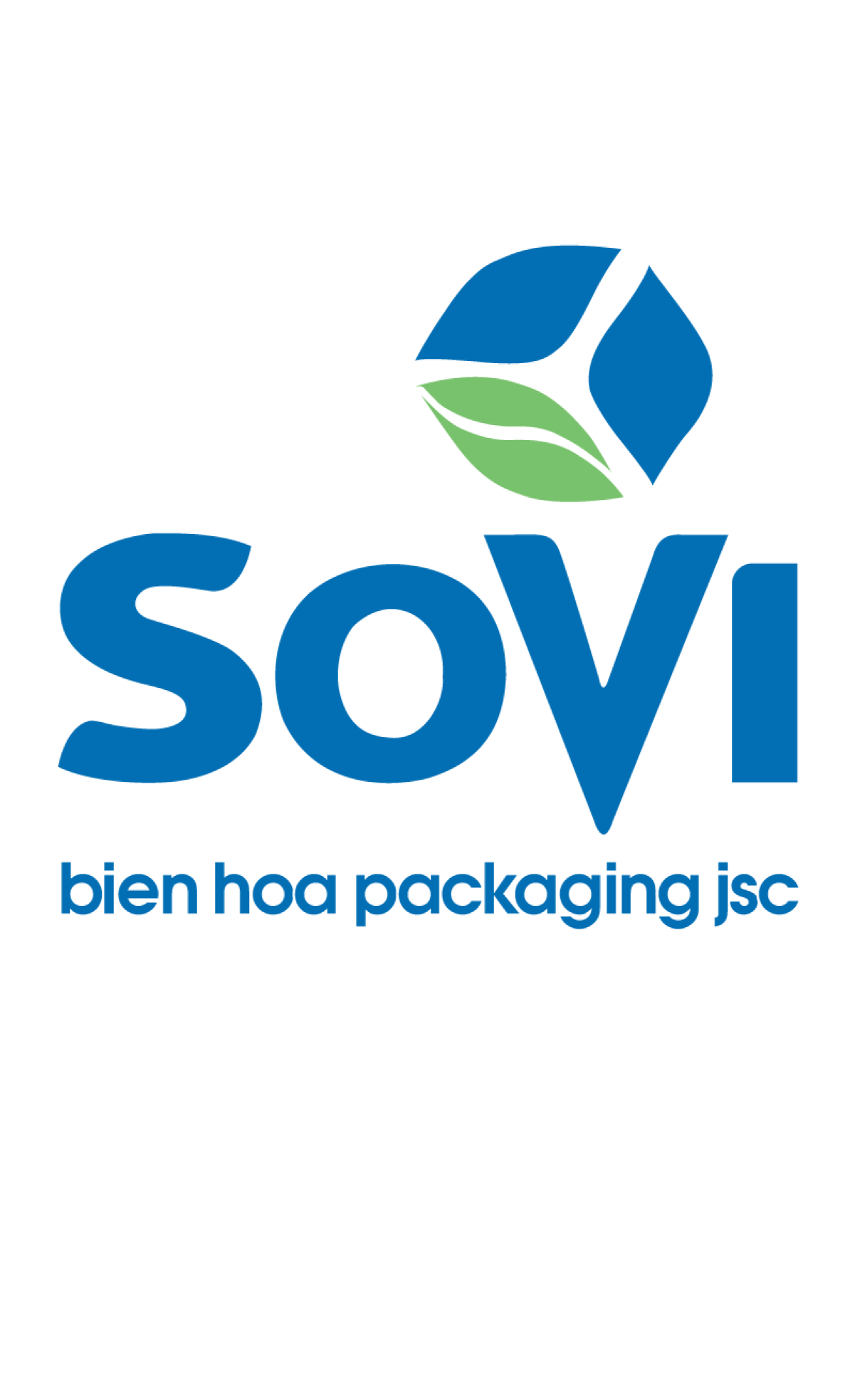Klinpakathai
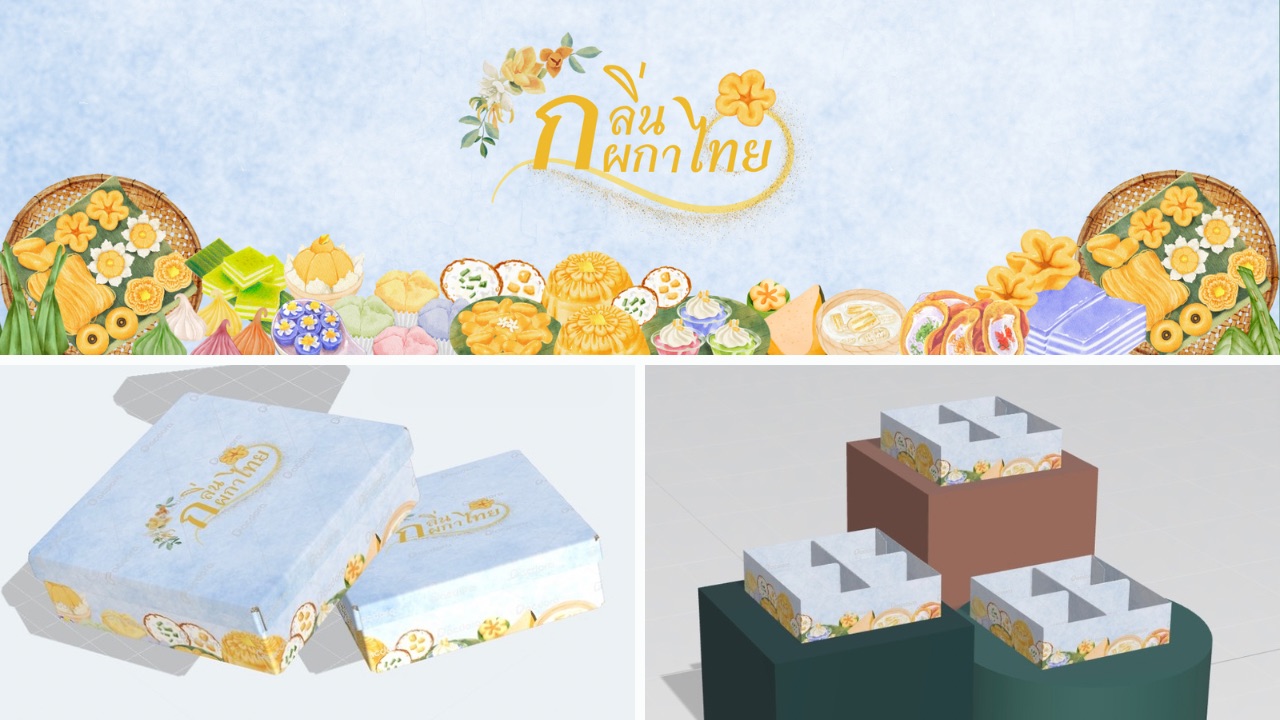
Team : I2A
Member
Ms Piyathida Thepdaruk
Ms Rattikan Tancharoen
Ms Sarungorn Seehaprom
Currently, there is a growing interest in Thai desserts among the younger generation in Thailand. Approximately 42% of Thais quite like Thai desserts, while 38% enjoy them very much. Only about 4% dislike them. However, in contrast, only about 10% of Thais consume Thai desserts daily. The remaining 90% can be divided into two nearly equal groups: those who eat them infrequently and those who eat them 2-3 times a week. Nevertheless, some consumers still decline Thai desserts due to health concerns. As a result, the market size for Thai desserts and local snacks is valued at 337,748,885 baht.
Most Thai desserts are packaged in plastic, whether sold in local markets, convenience stores, department stores, or souvenir shops. This has contributed to Thailand generating 12% of its total waste as plastic, amounting to approximately 2 million tons per year. Only about 25% (0.5 million tons) of this plastic is recycled, while the remaining 75% (1.5 million tons), primarily single-use plastics like hot bags, cold bags, shopping bags, plastic cups, plastic straws, and foam or plastic food containers, is not recycled. This remains a significant issue that needs urgent attention. Despite efforts to reduce plastic usage, the amount of plastic waste continues to increase.
Goals
1.To reduce plastic usage.
2.To enhance the brand's image and reputation.
3.To support a circular economy.
4.To help solve environmental problems and create a better future for 5.generations to come.
5.To increase overall Thai dessert sales, with a focus on core target groups: frequent consumers of Thai desserts and environmentally conscious individuals.
Customer Insights
- Customers do not want plastic or red rubber packaging.
- They prefer eco-friendly packaging.
- Portability is a key factor when choosing Thai desserts.
- Customers often buy Thai desserts as gifts for others.
- They prefer packaging that prevents ants from easily reaching the dessert.
- Customers support brands that are environmentally friendly.
Target Audience
- Thai dessert lovers:
• Customers of all ages who appreciate the taste and culture of Thai desserts.
• They have a sentimental connection to Thai desserts or seek new culinary experiences.
• Likes: Sweet, savory, coconut, and natural ingredients.
• Purchase occasions: Special occasions, parties, and as gifts.
• Needs: High-quality, delicious, hygienic, and diverse Thai desserts.
• Concerns: Weight and health, so they prefer natural ingredients and low sugar content.
- Young consumers:
- Teenagers and young adults who value lifestyle and new experiences.
- They enjoy taking photos and sharing them on social media.
- Likes: Modern-looking desserts with a fusion of traditional and new flavors.
- Purchase occasions: Snacks or desserts after meals.
- Needs: Attractive packaging with a unique identity.
- Concerns: Price and convenience, so they prefer affordable and easily accessible options.
- Eco-conscious consumers:
- Individuals who care about the environment and health.
- They prefer products made from natural ingredients and have environmentally friendly production processes.
- Likes: Thai desserts made with natural ingredients, no preservatives, and biodegradable packaging.
- Purchase occasions: Snacks or desserts after meals.
- Needs: Transparency in terms of ingredients and production processes.
- Concerns: Environmental impact, so they seek sustainable products.
Customer Persona
Name: Kan
Age: 25-35
Occupation: Office worker, freelancer, or small business owner
Lifestyle: Enjoys a simple,natural lifestyle, exercises regularly, and follows environmental news.
Interests: Thai desserts, sweets, eco-friendly products, and sustainable tourism.
Needs:
- Product: Natural, chemical-free, and delicious Thai desserts.
- Packaging: Natural, biodegradable, and protective packaging.
- Brand: Supports brands that are socially and environmentally responsible.
- Experience: Wants an environmentally friendly consumption experience and feels good about contributing to a better world.Behaviors:
- Purchasing: Prefers online shopping, organic stores, or markets.
- Decision-making: Reads product reviews, compares prices and quality, and chooses familiar brands.
- Social media: Uses social media to research products and brands.
- Concerns: Worries about environmental impact.
Klinpakathai : A Sustainable Packaging Solution for Thai Desserts
Thai desserts have gained immense popularity both domestically and internationally. Commonly found in street food stalls and markets, these delectable treats are often packaged in plastic bags or containers. Recognizing the environmental impact of single-use plastics, Klinpakathai was born – a packaging brand specifically designed for Thai desserts.
The name "Klinpakathai" is inspired by the fragrant aroma of Thai desserts, which is often likened to the sweet scent of native Thai flowers.
Klinpakathai packaging is made from PLA (Polylactic Acid), a biodegradable plastic derived from renewable resources such as corn, cassava, sugarcane, or other plant starches. Known for its rapid molding process, PLA can decompose within 180 days. However, due to its natural components, PLA often emits a slight odor during the molding process. To counteract this, Klinpakathai incorporates orange peel extract, cinnamon powder, and pyrethrin (an extract from pyrethrum flowers, related to chrysanthemums) into the packaging. These additives not only mask the manufacturing scent but also deter insects from entering the dessert containers.
The packaging's distinctive blue hue is derived from natural indigo dye, while the yellow logo is obtained from turmeric extract. By using these natural colorants, Klinpakathai reduces production costs, minimizes resource consumption, and promotes environmental sustainability.
Once the dessert is consumed, the packaging can be easily recycled. By pulling the container upright, it can be separated into four compartments, creating a versatile storage solution for items like stacked glasses or other small objects.
In essence, Klinpakathai offers a sustainable and innovative packaging solution for Thai desserts, aligning with the growing global demand for eco-friendly products while celebrating the rich cultural heritage of Thai cuisine.
Branding Strategy:
- Brand Name and Logo: The name and logo convey a sense of naturalness and sustainability, such as the Thai flower,"Pha Ka".
- Brand Story: "Pha Ka" is a journey back to the roots of authentic Thai flavors through traditional sweets that have been reinvented with a modern look and taste. The name "Pha Ka" is inspired by the Pha Ka flower, a beautiful and fragrant Thai flower that represents the simple yet charming essence of Thailand. The brand is also committed to the environment and has developed eco-friendly packaging.
Products:
- Variety: Develop a variety of packaging for Thai sweets, including traditional and fusion designs.
- Materials: Emphasize the use of natural and chemical-free ingredients.
- Packaging: Choose biodegradable materials.
Price:
- Value-Based Pricing:
- Rationale: Emphasize the value customers receive from natural ingredients and eco-friendly packaging.
- Benefits: Customers feel they get good value for their money.
- Pricing: Set prices based on costs plus a reasonable profit margin, taking into account the perceived value to the customer.
- Price: 159 Baht
Distribution Channels:
- Online: Create a website and sell through e-commerce platforms.
- Offline: Partner with health food stores and environmentally friendly markets, night markets.
Communication:
- Social Media: Create engaging content about Thai sweets, recipes, and brand stories.
- Influencer Marketing: Collaborate with food influencers who care about the environment.
- Content Marketing: Create blogs or articles about Thai sweets and sustainability.
Promotions:
- Promotions: Offer special promotions for new or returning customers.
- Events: Organize workshops on making Thai sweets or environmental-related activities.
Customer Relationship:
- Loyalty Program: Create a loyalty program to encourage repeat purchases.
- Communication Channels: Provide channels for customers to contact the brand for inquiries and feedback.
Action Plan
Timeline:
Month 1: Conduct additional market research, design packaging. Responsible team: Marketing. Budget: 50,000 Baht.
Month 2: Develop new products, create a website. Responsible teams: Product Development, IT. Budget: 100,000 Baht.
Month 3: Launch the product, organize a launch event. Responsible teams: Marketing, Sales. Budget: 80,000 Baht.
Months 4-6: Promote through social media, collaborate with influencers. Responsible team: Marketing. Budget: 120,000 Baht.
Months 7-12: Expand distribution channels, develop new products. Responsible teams: Sales, Product Development.Budget: 150,000 Baht/month.
KPI
- Sales performance: Monitor monthly sales figures and benchmark them against established targets.
- Customer acquisition: Track the growth in customer base.
- Social media metrics: Monitor follower growth, likes, shares, and comments.
- Customer satisfaction measurement: Implement customer satisfaction surveys.

